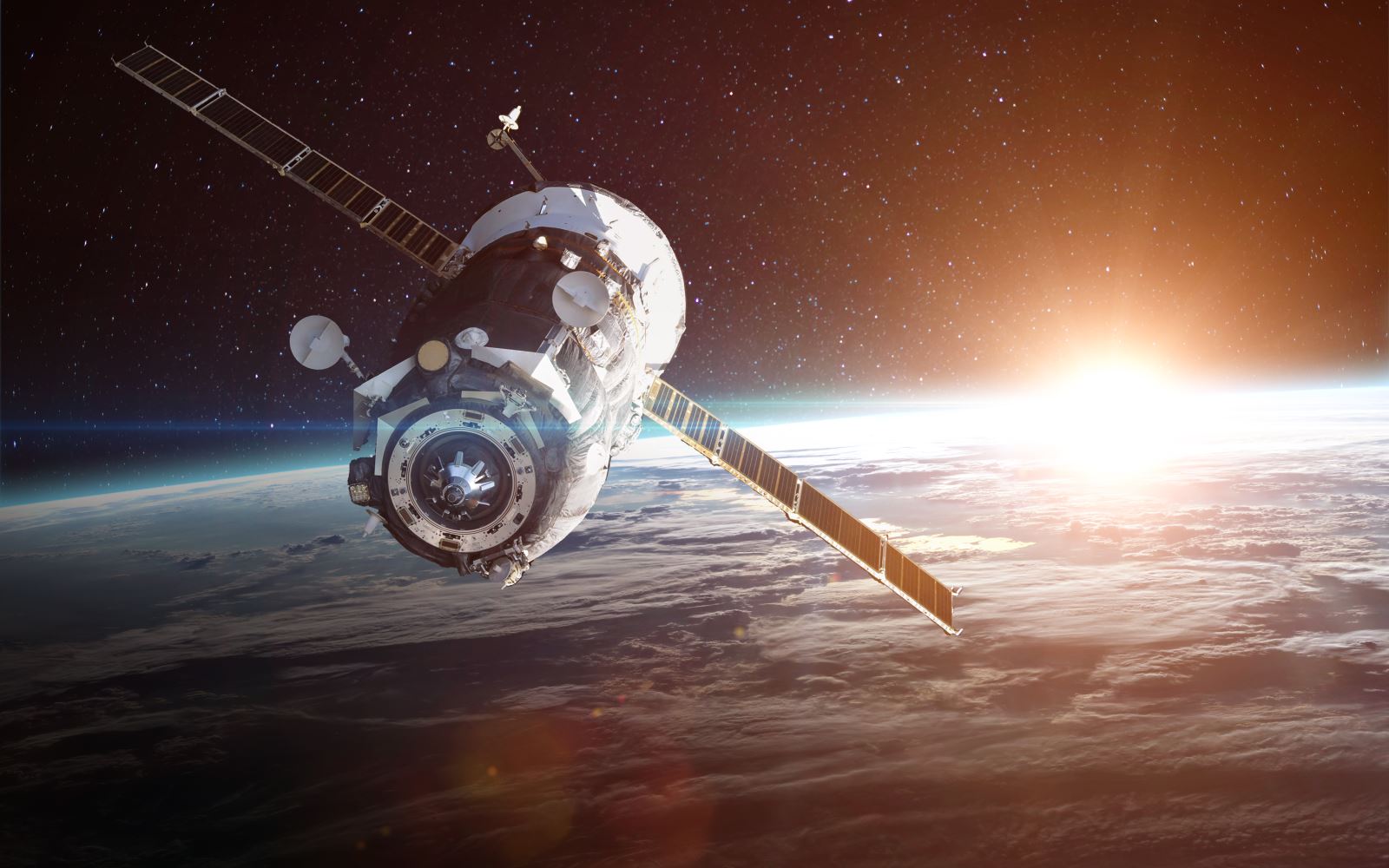Heaters - Expanding our horizons in Ion Thrusters

Ion thrusters are used in a variety of applications, from keeping satellites in their correct position to propelling spacecraft throughout our solar system. For each thrust that one of these thrusters creates it uses a relatively low rate of propellant consumption, so they require significantly less propellant than what would be needed with chemical propulsion. In some cases where insufficient chemical fuel cannot be carried on the spacecraft Ion propulsion is the only solution to complete the desired mission.
According to NASA Ion Thrusters are now being used in over 100 of their Earth orbit communication satellites to keep them in their desired locations, and three NSTAR ion thrusters are enabling the Dawn spacecraft (launched in 2007) to travel deep into our solar system. And technology is being developed now that could one day see Ion Thrusters propelling humans to Mars.
How do Ion Thrusters Work?
Ion Thrusters work by ionizing a fuel by adding or removing electrons to produce ions. Most thrusters ionize the propellant by electron bombardment – a high energy electron (negative charge) collides with a propellant atom (neutral charge), releasing electrons from the propellant atom and resulting in a positively charged ion.
The thrust comes from an ion stream at very high velocities. This is called Plasma. Plasma has some of the properties of gas but is affected by electric and magnetic fields. A typical plasma thruster will have a heater to generate the heat needed to allow the plasma to start flowing in the Ion Thrusters. The plasma carries a current between the ionizing anode and a cathode. The current in turn generates a magnetic field at right angles to the electric field, and thereby accelerates the positive ions out of the engine to create the required thrust.
Heater solutions
At the heart of an Ion Thruster is the chamber that holds the cathodes. The cathodes are a part of the plasma generating system which give these thrusters their long life. Attached to the cathodes you will have heaters which will generate the required heat to allow the plasma to start flowing within the Ion thruster.
As mentioned earlier Ion Thrusters can have a very long lifetime so all elements involved in their construction are of course expected to meet the same lifetime of use. At Okazaki along with our colleagues at ARi, we have developed heater cable which is durable and offers a long lifetime suitable to be used in Ion thrusters.
Development of our heating solutions required researching the latest materials and technologies to produce some of the highest quality heaters possible which can reach the high temperatures required to ignite the plasma within Ion thrusters, yet still provide the long-life reliability needed for deep space applications. We have achieved this by using refractory metals that allow us to reach temperatures that base metals are unable to attain.
The Future
Ion Thruster technology is evolving all the time as our horizons broaden deeper and deeper into space so at Okazaki our engineers continue to develop heater cable solutions to meet these ever-expanding demands.
The future is very exciting.
For more information our ‘Heaters for Ion Thrusters’ Datasheet can be found here. Alternatively contact sales@okazaki-mfg.co.uk if you’d like to discuss our heaters and other products.